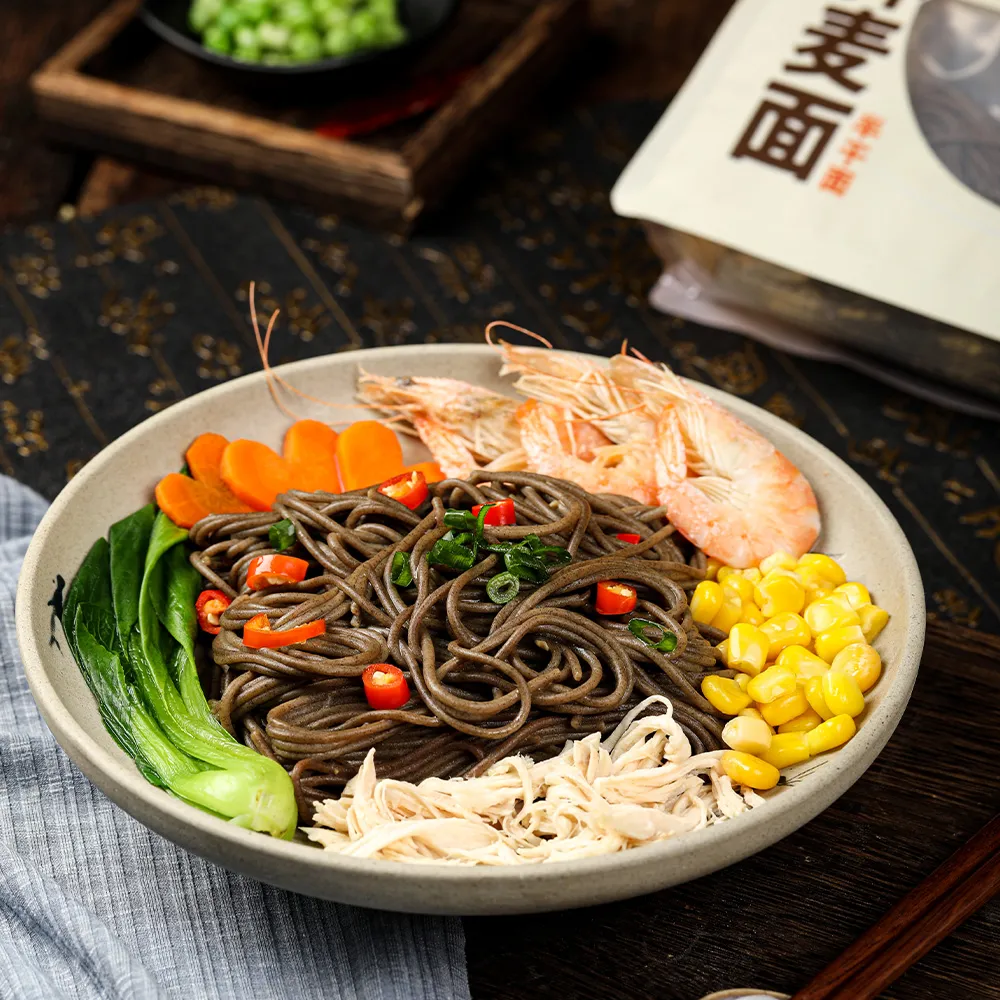Dried Noodles with Precision Knife Cuts for Perfect Texture and Flavor
The Art of Dried Knife-Cut Noodles
In the world of culinary delights, few dishes capture the essence of tradition and simplicity quite like dried knife-cut noodles. Known for their unique texture and ability to absorb flavors, these noodles have a rich history that dates back centuries, particularly in Chinese cuisine. This article will explore the origins, preparation methods, and cultural significance of dried knife-cut noodles, illuminating why they have remained a beloved staple in many households.
Origins of Knife-Cut Noodles
Knife-cut noodles, or dao xiao mian, originated in the northern regions of China, particularly in Shanxi Province. The name itself refers to the method of preparation—chefs use a sharp knife to cut fresh dough into wide strips. This technique allows for irregular shapes and varying thickness, contributing to the noodles' distinct texture. Traditionally, these handmade noodles were left to air dry, resulting in a longer shelf life compared to their fresh counterparts. This drying process not only enhances the flavor but also allows for convenient storage, making them a popular choice among busy families.
Preparation Methods
Making dried knife-cut noodles is an art form that requires practice and skill. The basic ingredients are simple flour, water, and a touch of salt. The process begins with mixing flour and water to form a dough, which is then kneaded until smooth and elastic. After resting, the dough is rolled out into a thin sheet, ready to be transformed into noodles.
The cutting phase is where the magic happens. Using a sharp knife, the chef slices the dough into uneven strips of varying widths. This irregularity is crucial, as it allows the noodles to maintain a delightful chewiness after cooking. Once cut, the noodles are dusted with flour to prevent sticking and then left to dry. This traditional method preserves the flavors while giving the noodles a robust, hearty character that is distinctive to knife-cut varieties.
Cooking and Pairing
dried knife cut noodles

When it comes to cooking dried knife-cut noodles, the process is straightforward yet rewarding. They can be boiled in water—typically for around 5 to 8 minutes—until they reach the desired tenderness. Unlike other pasta shapes, these noodles have a unique ability to absorb the flavors of the sauces and broths they are paired with, making them incredibly versatile.
One of the most popular dishes featuring knife-cut noodles is knife-cut noodle soup. A rich broth, often made from pork or beef bones, is simmered for hours, allowing for deep flavors to develop. The noodles are then placed into bowls and topped with the steaming broth, along with various garnishes like scallions, cilantro, and even chili oil for spice. The result is a comforting meal that warms the soul and satisfies the palate.
Additionally, knife-cut noodles can be stir-fried with seasonal vegetables, meats, and sauces, creating a delightful balance of textures and flavors. Their unique shape allows them to hold onto sauces exceptionally well, making each bite a flavorful experience. Whether in a soup or stir-fried, these noodles shine as a main attraction on the table.
Cultural Significance
Dried knife-cut noodles are not only a culinary delight but also carry cultural significance. In many families, the process of making these noodles is a cherished tradition passed down through generations. It is often a communal activity, where family members gather to roll out the dough and share stories, forging bonds that deepen during the meal preparation.
Moreover, these noodles symbolize nourishment and comfort, often served during festive occasions and family gatherings. They are a staple during Lunar New Year celebrations, representing longevity and prosperity. The act of sharing a bowl of homemade knife-cut noodles is seen as a gesture of love and unity.
Conclusion
Dried knife-cut noodles encapsulate a rich tapestry of tradition, flavor, and familial bonds. From their humble origins to their revered status in modern cuisine, they offer a wonderful glimpse into the heart of culinary practice. By embracing this delightful dish, one can savor not only its taste but also the stories and heritage it brings to the dinner table. So, the next time you encounter dried knife-cut noodles, take a moment to appreciate the craftsmanship and cultural significance behind each delicious bite.
-
Unleash Your Inner Chef with Delectable Italian Pasta CreationsNewsAug.01,2025
-
Savor Health and Flavor: Irresistible Soba Noodles for Sale Await!NewsAug.01,2025
-
Nourish Your Body with Premium Organic Ramen - A Culinary Delight AwaitsNewsAug.01,2025
-
Elevate Your Dishes with Our Exquisite Kinds of Egg NoodlesNewsAug.01,2025
-
Dive into Flavorful Convenience with Our Ramen OfferingsNewsAug.01,2025
-
Discover Exquisite Types of Naengmyeon and Chilled Soba NoodlesNewsAug.01,2025
-
Is Whole Wheat Pasta Healthy?NewsMay.30,2025
Browse qua the following product new the we

















































































































